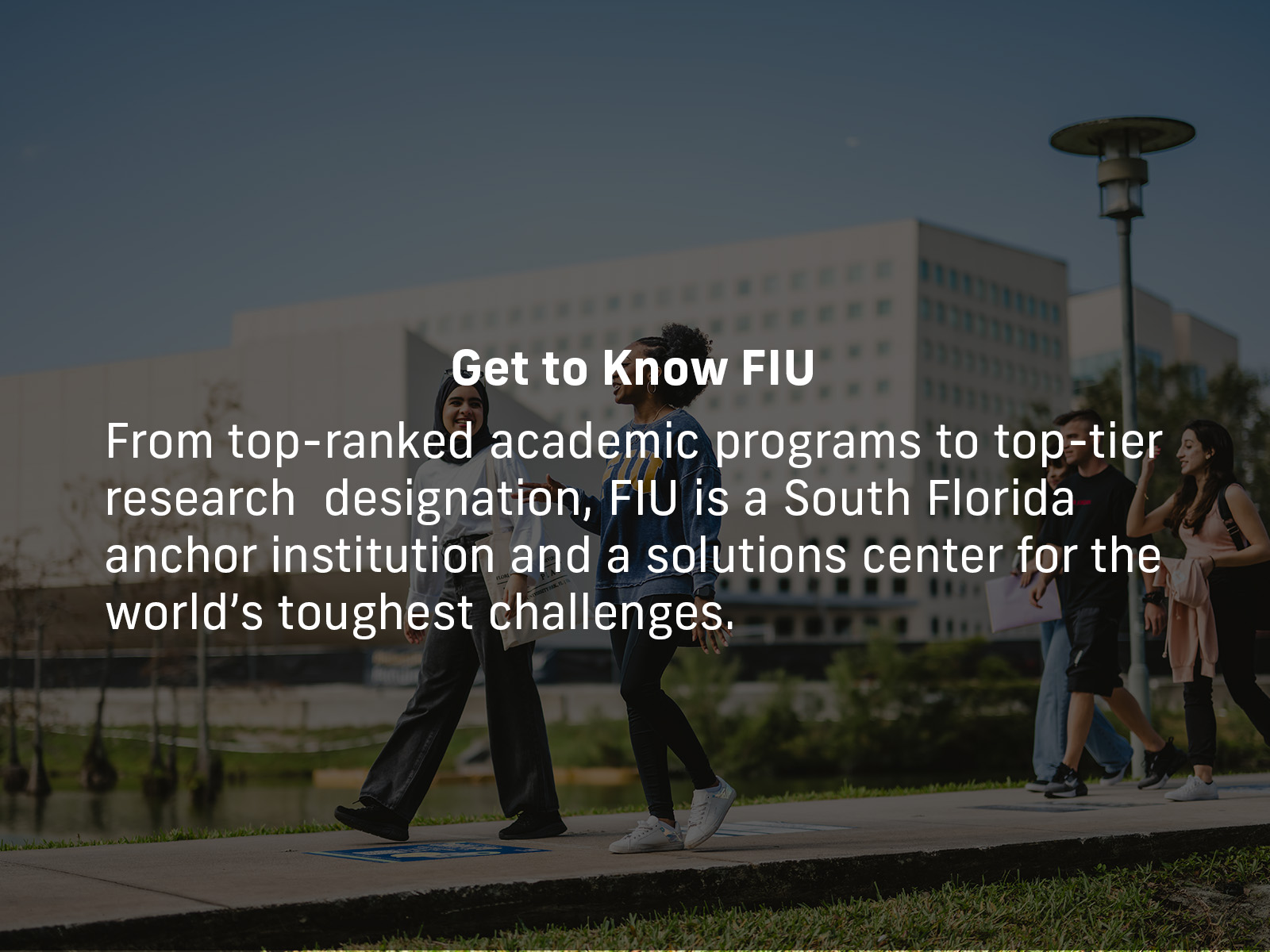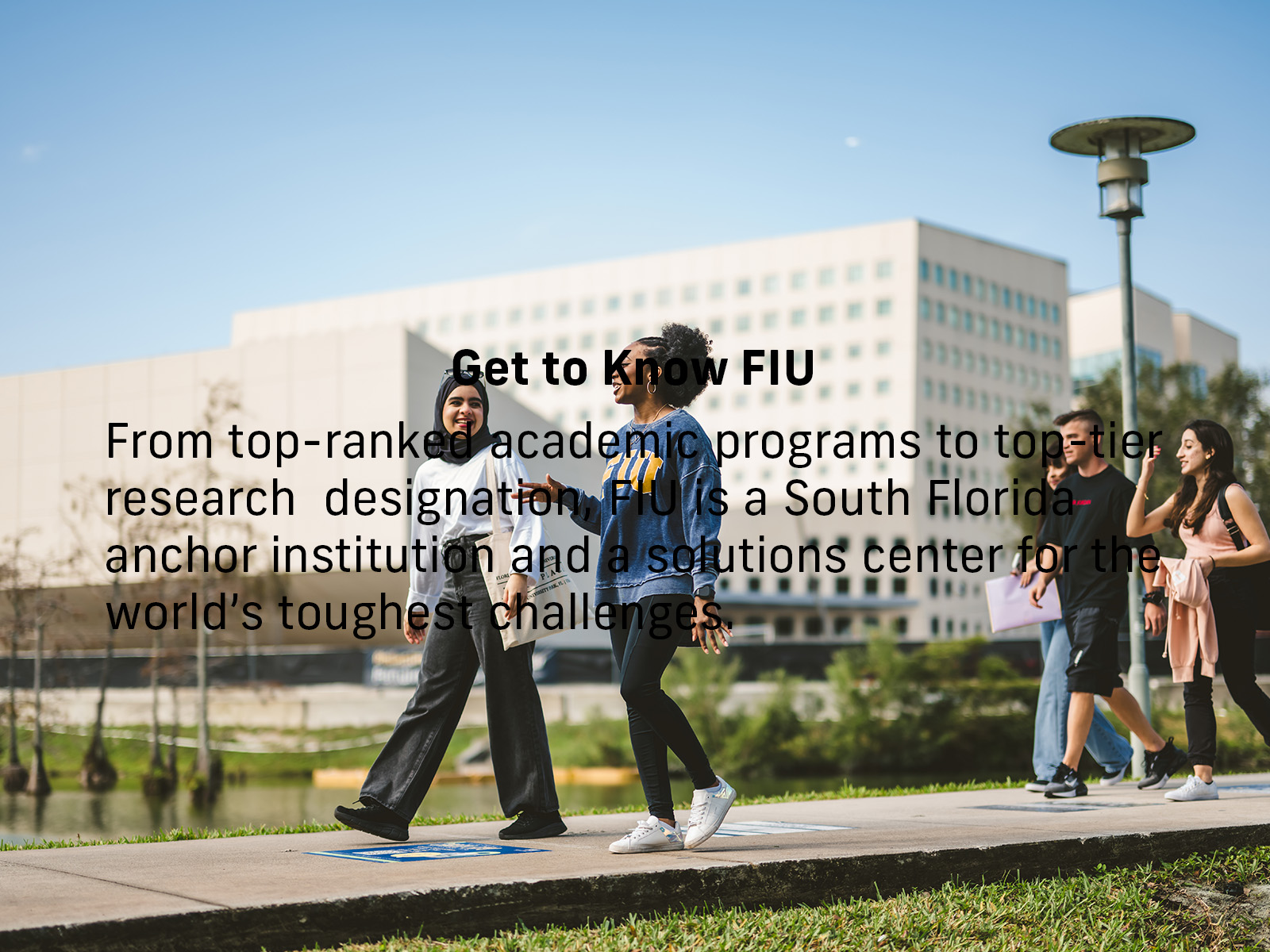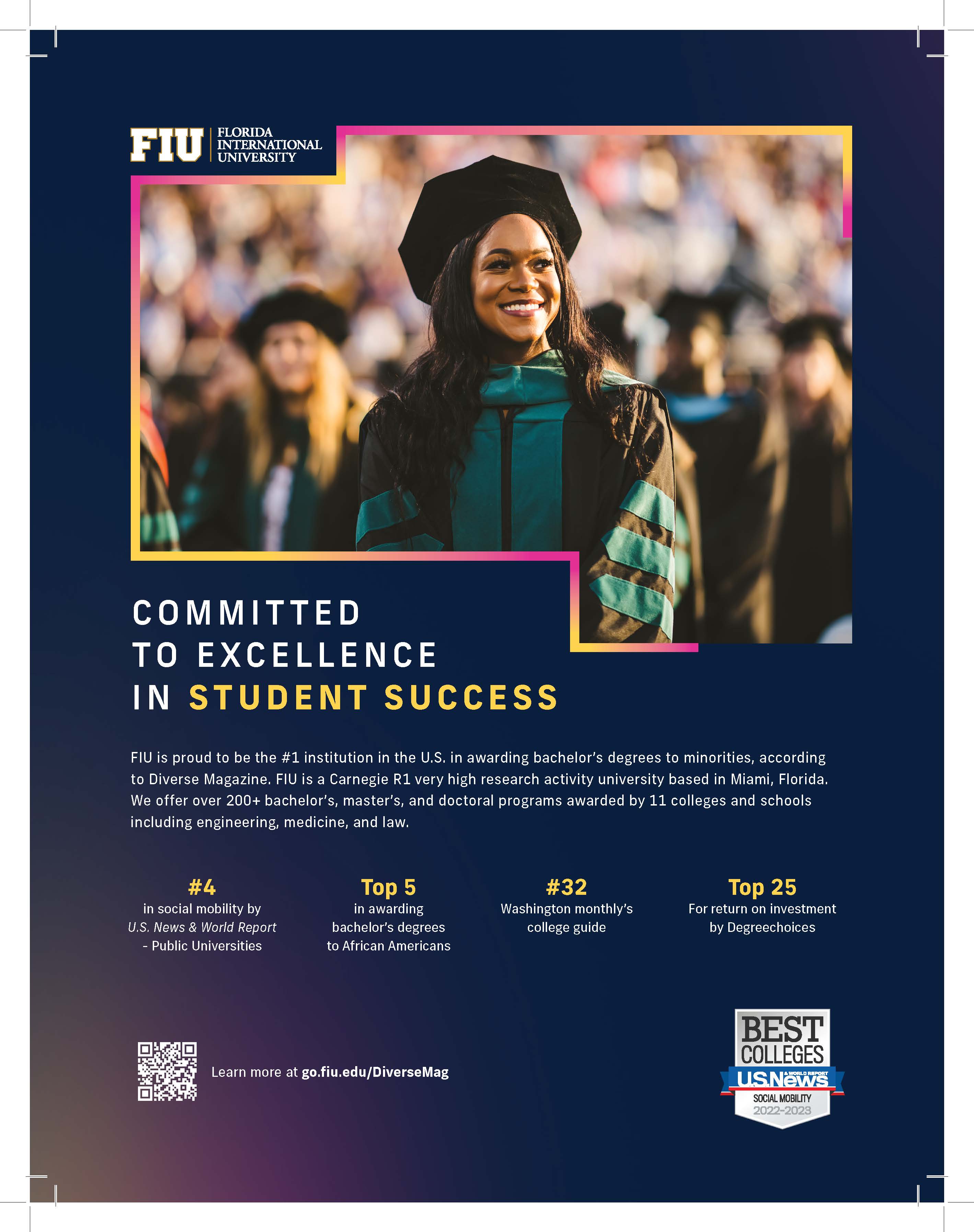Celebrating everybody at FIU means making content accessible to everyone. One of your main responsibilities as a content creator is accommodating assistive devices and technologies used by people with disabilities.
Guidelines
FIU's Digital Accessibility Policy requires all FIU digital content to conform to:
- Web Content Accessibility Guidelines (WCAG) 2.0, Level AA
- Sections 504 & 508 of the Rehabilitation Act of 1973 and the Americans with Disabilities Act of 1990, as amended.
Most social media platforms and the FIU template are already set up to create accessible content, but may need your input to ensure WCAG standards are met.
Following the FIU Digital Accessibility Policy is mandatory. However, it's more than just a legal obligation. Accessibility is about ensuring all users can engage with all content, regardless of medium. Accessibility compliance is FIU policy, but inclusivity is FIU.
Goals and Tips for Accessibility
From small text-based modules to social posts to billboards, accessibility comes down to making content that is:
- Perceivable: easy to see, hear and read without losing meaning
- Operable: easy to use with a variety of devices
- Understandable: easy to understand and predict
- Robust: easy to maintain as tools and resources change over time
Multimedia
Images and videos add a lot of flair to FIU's digital landscape, but multimedia content needs a bit of extra care to accommodate the use of assistive devices (like screen readers) and users who are Deaf or Hard of Hearing.
Alt Text
Adding alt text to images is helpful for users who engage with your content using screen readers. Alt text is essentially an image description, presenting your content through a text alternative.
The template serving as the foundation for many FIU websites, uses "Image description" and "Alt text" fields where you can write descriptions of your images. Many social media platforms offer similar functionality, like Instagram's alternate text for posts.
Learn best practices for alt text on Siteimprove

Captions
Videos are a favorite of social media platforms, but they require captions or another text alternative to be accessible, especially for users who are Deaf or Hard of Hearing.
You can consider different captioning options when creating your video depending on your resources and the needs of your audience. In addition to accessibility, captions are also convenient for users in environments where they can't turn up the volume on your videos!
Read about captions, transcripts and audio descriptions on WebAIM
Color Contrast
Poor contrast can make text unreadable–not just for people with impaired vision, but for everyone viewing our content. FIU's branded colors present the opportunity for many vibrant combinations. However, many color combos fail accessibility standards, so be sure to check out FIU's Color Guidelines for the Do's and Don'ts of color usage.
Background images can also cause color contrast issues, so be sure to use a solid color tint over images to ensure the text you write is legible. WebAIM's Contrast Checker and Brandwood's Text on Background Image Check are some useful tools for verifying the accessibility of your text and image combinations.
Examples of color contrast in background images

Do
Adding a tint or overlay on top of the image improves readability and accessibility.

Don't
Lack of a tint on top of the image makes text difficult to read.
Documents
Your focus should be creating content that is easy to read and easy to use for everyone regardless of your content's medium. In general, ease of use revolves around using large font sizes, simple language and applying some of our accessible multimedia guidelines to your content (like color contrast).
Digital
PDFs and Word documents can provide an inaccessible experience for users. Accidentally downloading a document from a link can be annoying, but for users who require screen readers it's even worse. Digital documents are often not visible at all!
For that reason, you should convert all documents to accessible formats. While it's best to avoid this step altogether and just include content as text on your website, some documents may require remediation.
To make these conversions, FIU's Disability Resource Center offers a file converting service that FIU has licensed for current students, faculty and staff.

Organizations across campus are always adding to FIU's dynamic environment through striking pamphlets, posters and banners. While most people think of digital content when when it comes to accessibility, printed content is a big part of our brand and requires the same attention.
Luckily, many digital guidelines apply to print as well. Printed material should have good contrast, be easy to read and keep things simple (like being readable without complicated folds or flipping).
Digital and print material can (and should) work together too. We always recommend posting information across multiple media to ensure full accessibility. For example, a date for an event should not only be on a flyer, but also a website that the flyer might even link off to.